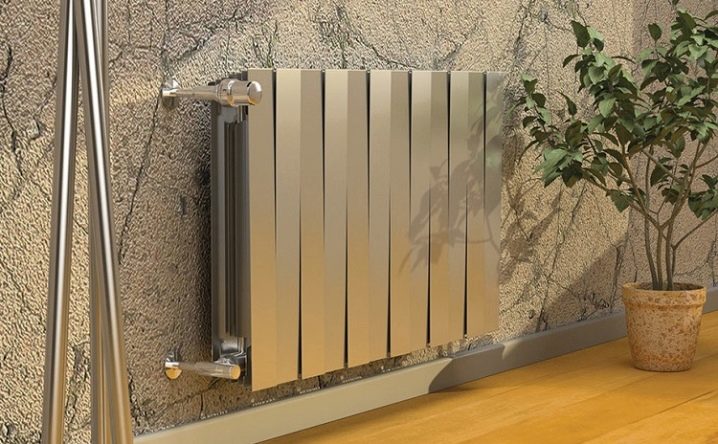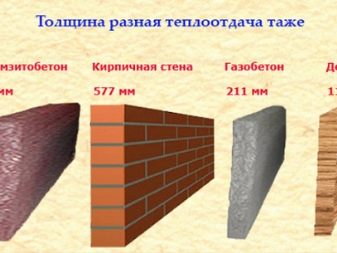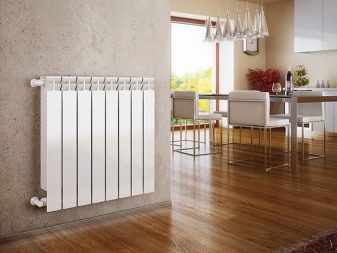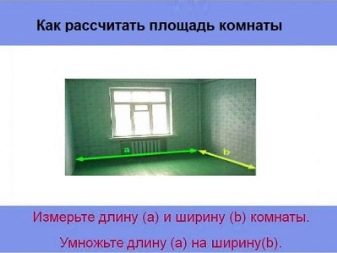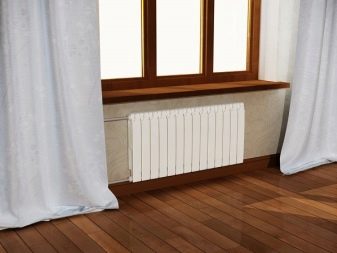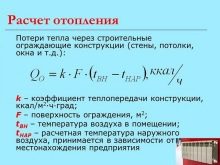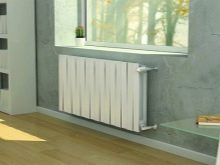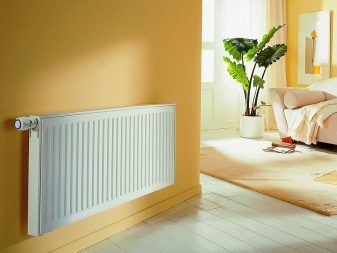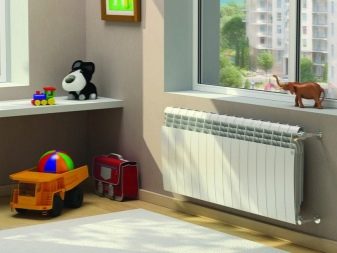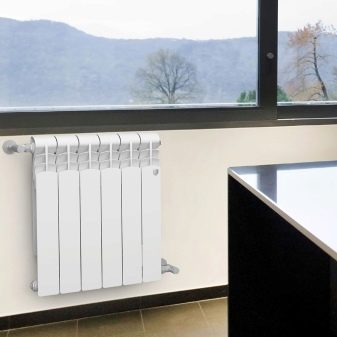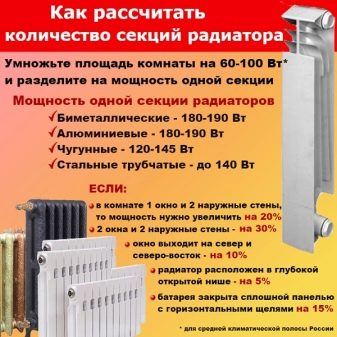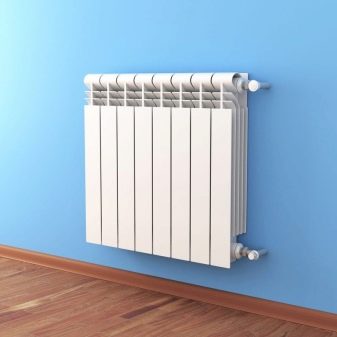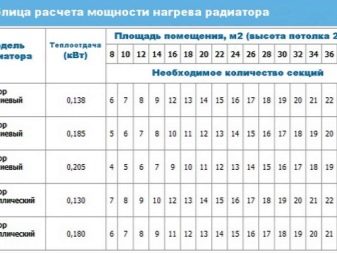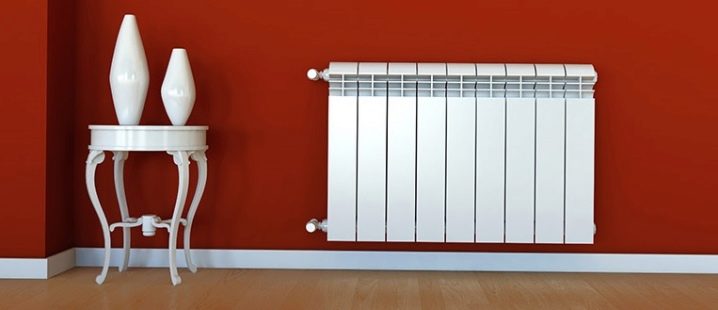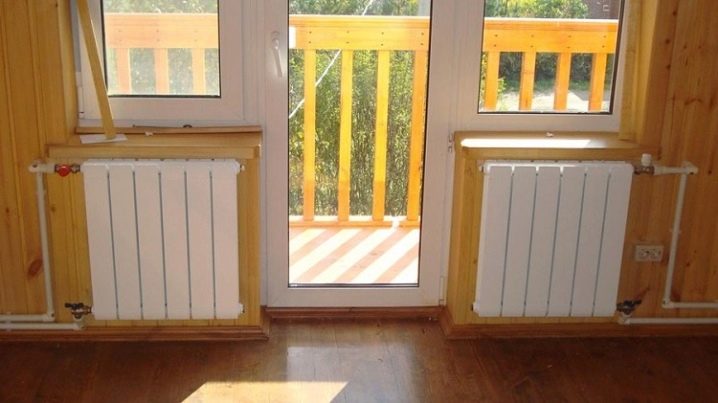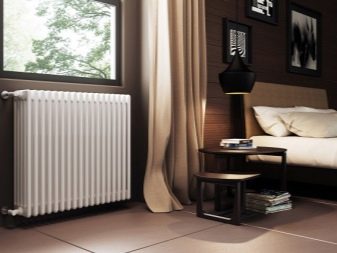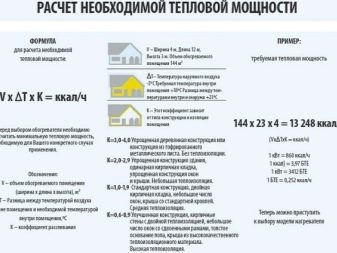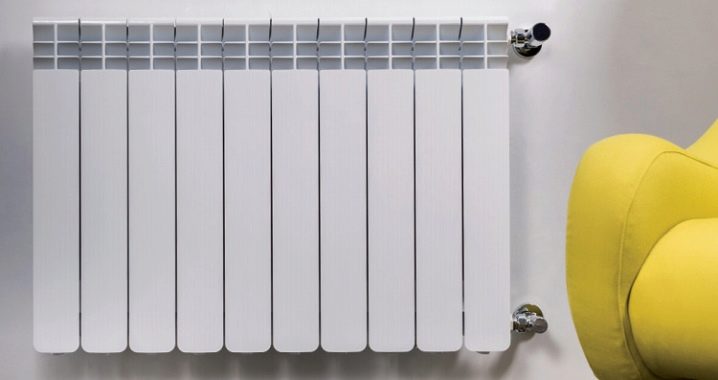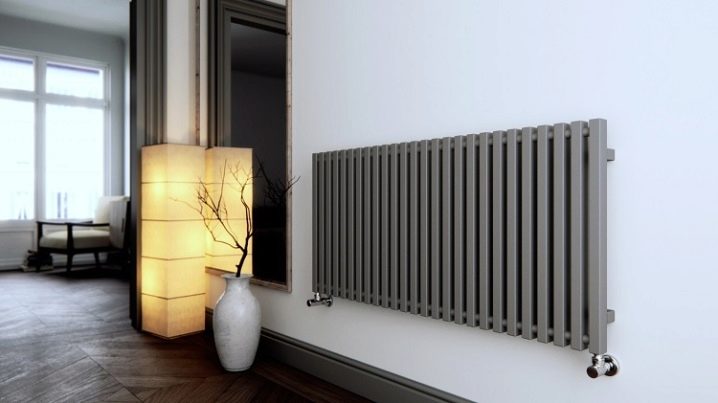Rules for calculating the number of sections of bimetallic radiators
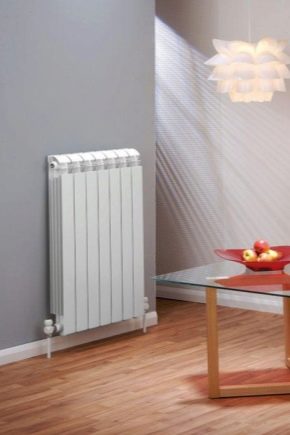
Most often, bimetallic radiators are purchased by owners to replace cast iron batteries, which for one reason or another have failed or have become unhealthy to heat the room. In order for this model of radiators to cope well with its task, it is necessary to become familiar with the rules for calculating the number of sections for the entire room.
Required data for counting
The right decision will be an appeal to experienced professionals. Professionals can calculate the number of bimetallic radiators rather accurately and efficiently. Such a calculation will help determine how many sections will be needed not only for one room, but also for the entire room.as well as for any type of object.
All professionals consider the following data to count the number of batteries:
- what material the building was built from;
- what is the thickness of the walls in the rooms;
- type of windows, installation of which was made in this room;
- in what climatic conditions is the building;
- is there any heating in the room located above the room where radiators are placed;
- how many cold walls in the room;
- what is the area of the calculated room;
- what is the height of the walls.
All these data allow us to make the calculation the most accurate for the installation of bimetallic batteries.
Heat loss coefficient
To do the calculation correctly, you first need to calculate what the heat loss will be, and then calculate their coefficient. For accurate data you need to take into account one unknown, that is, the wall. This applies primarily to the corner rooms. For example, the following parameters are presented indoors: height is two and a half meters, width is three meters, length is six meters.
The outer side here will be considered the object of calculation, which can be produced by the following formula: Ф = a * х, where:
- F is the area of the wall;
- a - its length;
- x - its height.
The calculation is carried out in meters. According to these calculations, the area of the wall will be equal to seven and a half square meters. After this, it is necessary to calculate the heat loss by the formula P = F * K.
Also multiply by the temperature difference in the room and on the street, where:
- P is the heat loss area;
- F is the area of the wall in square meters;
- K - is the coefficient of thermal conductivity.
For proper calculation you need to take into account the temperature. If the outside temperature is about twenty-one degrees, and in the room is eighteen degrees, then to calculate this room you need to add another two degrees. To the resulting figure you need to add P windows and P doors. The result must be divided by the number denoting the thermal power of one section. As a result of simple calculations, it will turn out to find out how much batteries are needed to heat one room.
However, all these calculations are correct only for rooms that have average insulation values. As you know, the same space does not happen, so for accurate calculation it is necessary to take into account the correction factors. They need to be multiplied by the result obtained by calculating by the formula.The coefficient corrections for corner rooms are 1.3, and for rooms located in very cold places - 1.6, for attics - 1.5.
Battery power
To determine the power of one radiator, it is necessary to calculate how many kilowatts of heat will be needed from the installed heating system. The power needed to heat every square meter is 100 watts. The resulting number is multiplied by the number of square meters of the room. Then the figure is divided by the power of each individual section of a modern radiator. Some battery models consist of two sections and more. Making the calculation, you need to choose a radiator, which has an approximate number of sections to the ideal. But still, it should be a little more than the calculated one.
This is done in order to make the room warmer and not to freeze in cold days.
Manufacturers of bimetallic radiators indicate their power for some heating system data. Therefore, buying any model, it is necessary to take into account the thermal pressure, which characterizes how the heat carrier is heated, as well as how it heats the heating system.The technical documentation often indicates the power of one section for a heat head of sixty degrees. This corresponds to a water temperature of ninety degrees in the radiator. In those houses where the premises are heated with cast-iron batteries, this is justified, but for new buildings, where everything is done more modernly, the temperature of the water in the radiator may well be lower. Heat pressure in such heating systems can be up to fifty degrees.
The calculation here is also easy to produce. It is necessary to divide the power of the radiator by a figure indicating thermal pressure. The number is divided by the number specified in the documents. At the same time, the effective power of the batteries will be slightly lower.
That it is necessary to put in all formulas.
Popular methods
To subtract the required number of sections in the installed radiator can be used not one formula, but several. Therefore, it is necessary to evaluate all the options and choose the one that is suitable for obtaining more accurate data. To do this, you need to know that according to the norms of SNiP per 1 m², one bimetallic section can heat one meter and eighty centimeters of area. To calculate how many sections you need to 16 m², you need to divide this figure into 1.8 square meters. The result is nine sections.However, this method is quite primitive and for a more precise definition it is necessary to take into account all the above data.
There is another simple method for self-computation. For example, if you take a small room of 12 m², then very strong batteries are useless. You can take, for example, the heat transfer of just one section of two hundred watts. Then, using the formula, you can easily calculate their number required for the selected room. To get the desired figure, you need 12 - this is the number of squares, multiplied by 100, power per square meter and divided by 200 watts. This, as can be understood, is the value of heat transfer per section. As a result of the calculations, the number six will be obtained, that is, just as many sections will be needed for heating a room of twelve squares.
You can consider another option for an apartment with a square of 20 m². Assume that the power of the purchased radiator section is one hundred eighty watts. Then, substituting all the available values in the formula, we get the following result: 20 must be multiplied by 100 and divided by 180 will be equal to 11, which means that the number of sections will be needed for heating this room.However, such results will really correspond to those rooms where the ceilings are not higher than three meters, and the climatic conditions are not very severe. And also the windows, that is, their number, were not taken into account, therefore several more sections need to be added to the final result, their number will depend on the number of windows. That is, in the room you can install two radiators, which will be six sections. With this calculation, one more section was added taking into account windows and doors.
By volume
To make the calculation more accurate, you need to calculate by volume, that is, take into account three dimensions in the selected heated room. All calculations are done in almost the same way, only the basis is the power data calculated for one cubic meter, which is equal to forty-one watts. You can try to calculate the number of bimetallic battery sections for a room with such an area as in the variant discussed above and compare the results. In this case, the ceiling height will be two meters seventy centimeters, and the squaring of the room will be twelve square meters. Then you need to multiply three by four, and then by two and seven.
The result will be: thirty-two and four meters of cubic. It must be multiplied by forty-one and you get one thousand three hundred twenty eight and four watts. This radiator power would be ideal for heating this room. Then this result should be divided into two hundred, that is, the number of watts. The result will be equal to six point sixty four hundredth, which means you will need a radiator for seven sections. As you can see, the result of calculation by volume is much more accurate. As a result, you will not even need to take into account the number of windows and doors.
You can also compare the results of calculations in a room with twenty square meters. For this you need to multiply twenty by two and seven, you get fifty-four cubic meters - this is the volume of the room. Next, you need to multiply by forty-one and as a result you get two thousand four hundred fourteen watts. If the battery has a power of two hundred watts, then this figure should be divided by the result. As a result, twelve and seven will be released, which means that this number of sections is necessary for this room, as in the previous calculation, but this option is much more accurate.
By area
If we consider the option by area, it will not be as accurate as by volume. To do this, multiply the width and length, and multiply this result by the power of one section, that is, by one hundred watts. It is necessary to divide by the number equal to the heat transfer of one section, which may be different. For examples, consider a room of 18 m². The heat output of the battery section can be taken at two hundred watts. Then you need to multiply three by six and again by one hundred, and then divide by two hundred. The result will be nine sections. This result is suitable for apartments located in the middle zone of the country, that is, where the temperature in winter will not exceed the normal temperature.
We can say that the calculation can be done in any of the ways considered. However, the most accurate and not so long will be considered a calculation by volume. Indeed, in other cases, we will have to take into account other parameters separately. In addition, the result is not always obtained as accurate as we would like. In order to spend the winter comfortably, it is important to correctly calculate the number of sections of bimetallic radiators so that even in extreme cold the apartment owners do not freeze at all, but feel comfortable and cozy.
To do this, it is enough to follow the calculation instructions suggested above and be as attentive as possible during work.
For information on how to do the installation of biometallic radiators with your own hands, see the video below.
